I don’t belong to any running group due to the demands of work, so I have just picked up tips from running magazines and other runners. So after initially improving from 30+ minutes using interval training, I worked my way down to my current PB of 28:13 a couple of years ago. But I haven't gone faster since then.
My go-to workout is 6 x 800 m taking with a 1:30 minute rest. And I have been able to average 4:20. I keep the rest periods short to make it more challenging.
Anyway, I’m frustrated that I haven’t been able to break 28 minutes and I’m wondering if you can give me some free advice.
OK – Here’s a clue:
“The definition of ‘insanity’ is doing the same thing over and over again and expecting different results”
[By the way, this quote is often attributed to Albert Einstein but that’s debatable -see HERE).]
Nevertheless, it does make common sense, right?
The design of the 800 metre workout you’ve described is very effective in improving one’s Aerobic fitness. However, I suggest you will eventually reach a point where just taking a 1:30 rest will not allow enough of a stimulus to produce a significant increase of your Anaerobic fitness which plays a very significant role in reducing one’s effort at any given running speed, especially over 5,000 metres.
The following graph schematically shows the physiology of two hypothetic runners, A and B, at various running speeds.
Shaking Up the Act
Now, since you have plateaued, I suggest you shake up the act by introducing longer rest intervals, especially as you approach races that you deem important.
Taking longer rests will allow you to be exposed to greater levels of stress (lactic acid), which in turn foster new adaptations, such as the point at which you encounter the Anaerobic Threshold, as shown in the above graph.
So considering your go-to 800m workout, the adjustment I'm talking about is to SUBSTANTIALLY increase the rest periods between the 800s and reduce the number of repetitions. This will allow you to run each 800 much faster, resulting in greater levels of anaerobic work, and that nasty byproduct of lactic acid.
So how do we do this?
CAUTION. It's important to note that the greater the effort (speed), the greater the always present risk of injury. So be extremely careful. The more intense the workout, the more attention and time required for the warmup.
Let's consider your case. You tell me that for some time, you've been stuck around being able to do
6 x 800m in 4:20 with a 1:30 minute rest..
Now, if I were coaching you - and I want to - I might prescribe a workout such as
4 or 5 x 800m in 4:05 with a 3:00 min. rest.
And eventually you might even work up to a super peaking workout of
3 x 800m iin 3:45 with a 10 to 15 min. rest, causing very high levels of our good friend, lactic acid. Pain for gain.
[Note - the actual # of reps and times are simply examples. The actuals I would PRESCRIBE would depend on your responses, keeping in mind injury avoidance.]
For your interest, years ago, I had the honour to coach Brendan Matthias, a former Canadian Olympian in the 5,000m in Barcelona, and a Jr. record holder at 1500m. One of his peaking workouts was 3 x 800 metres in an average time of 1:55 with a 15 minute rest; whereas in his off season (i.e., the fall), he might do 8 to 10 x 800 metres at 2:05 with a 1:30 rest.
Moreover, there’s also a psychological “callusing” that results from subjecting yourself to such pain for gain.
But be careful.
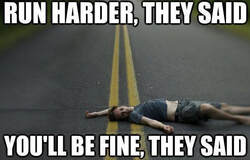
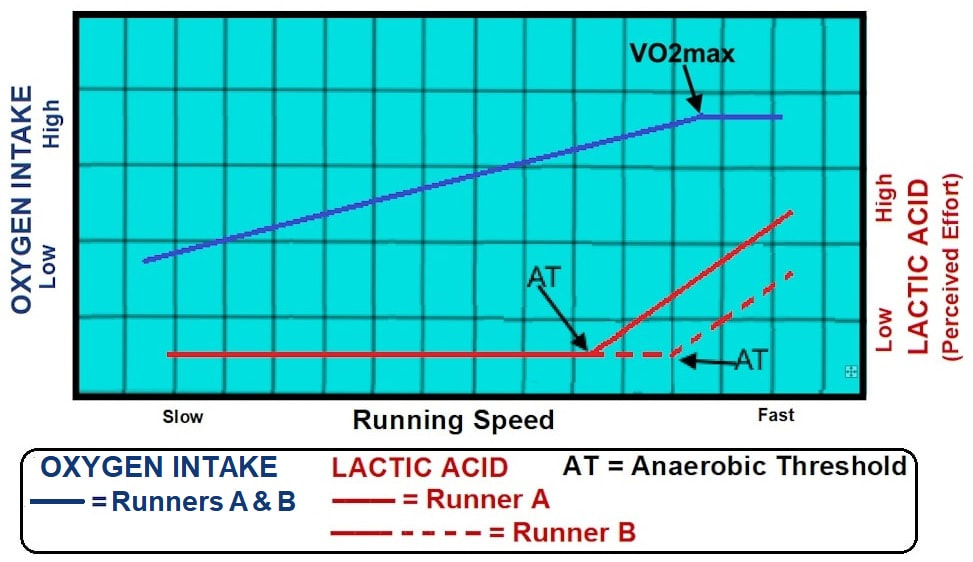

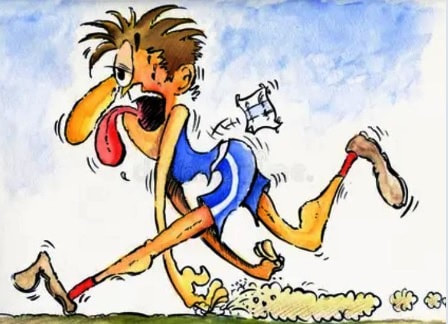
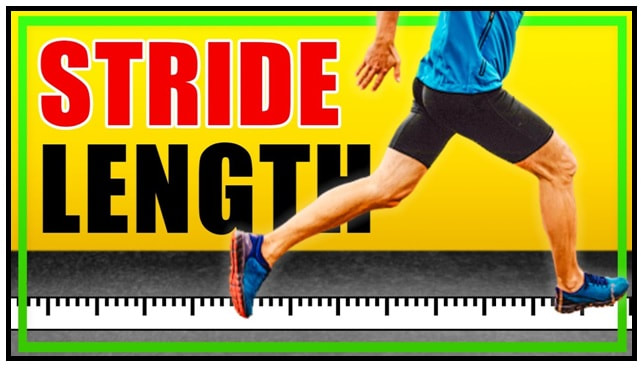
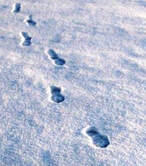
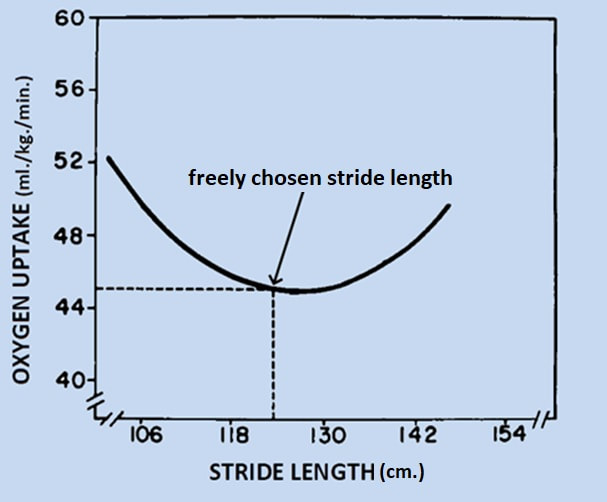
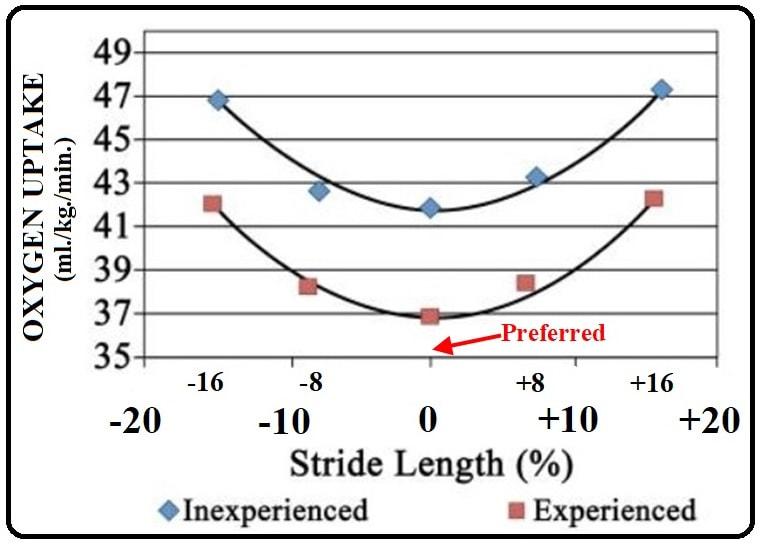

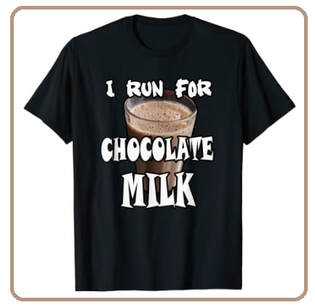
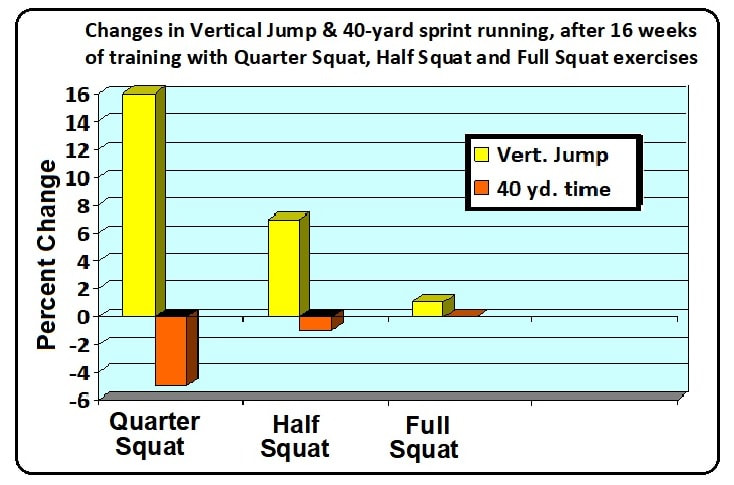
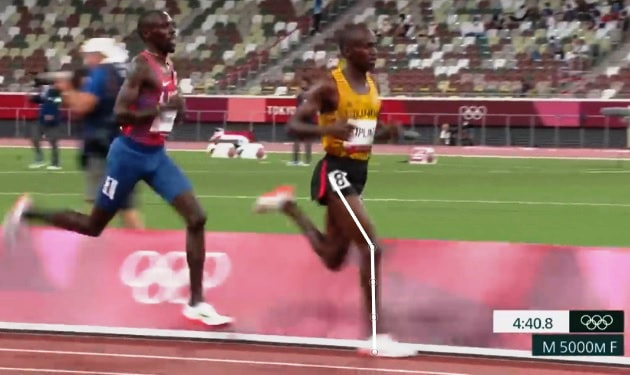
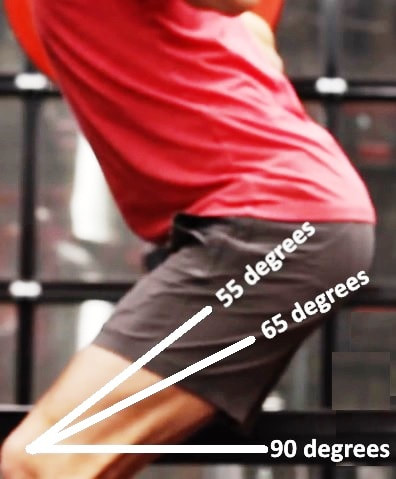
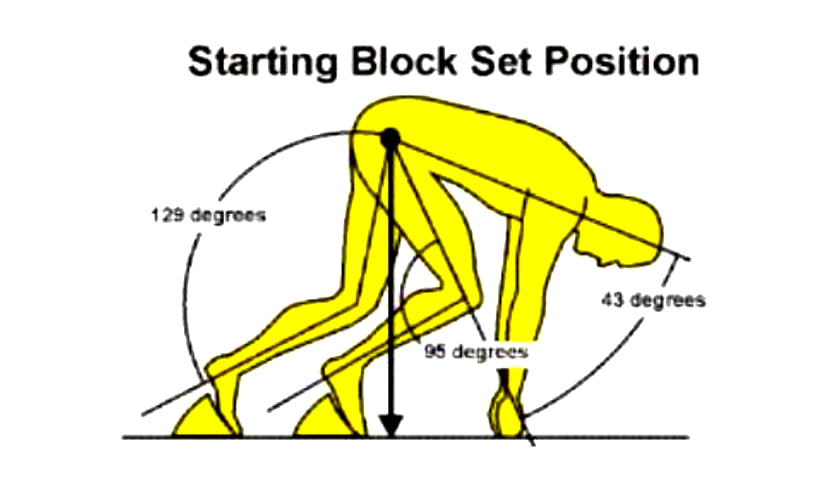
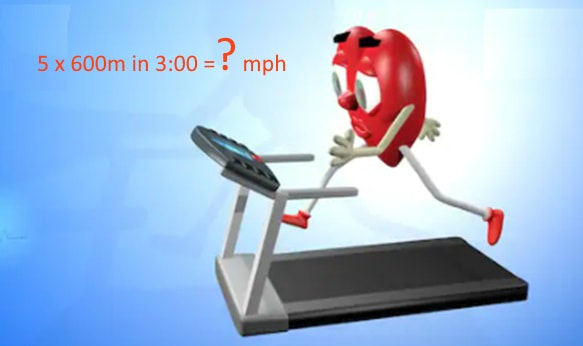
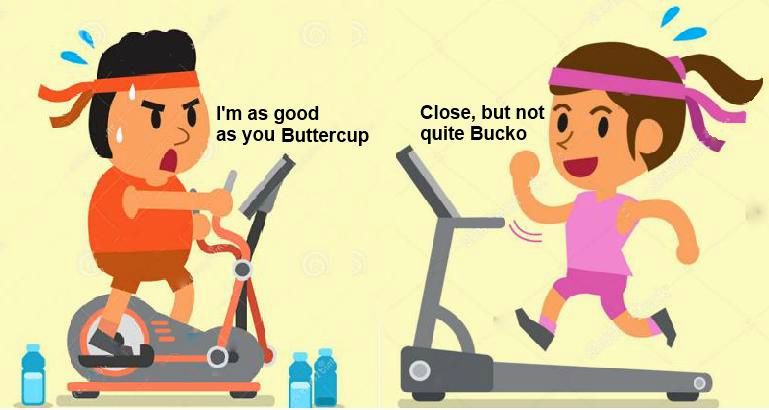
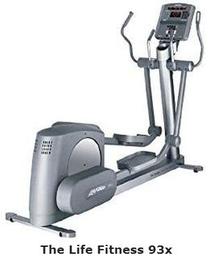
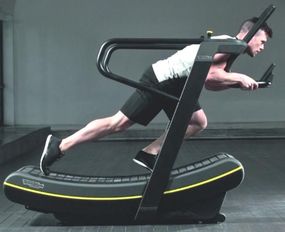
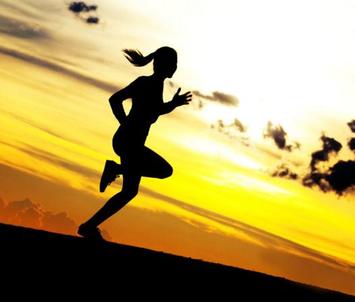




 RSS Feed
RSS Feed
